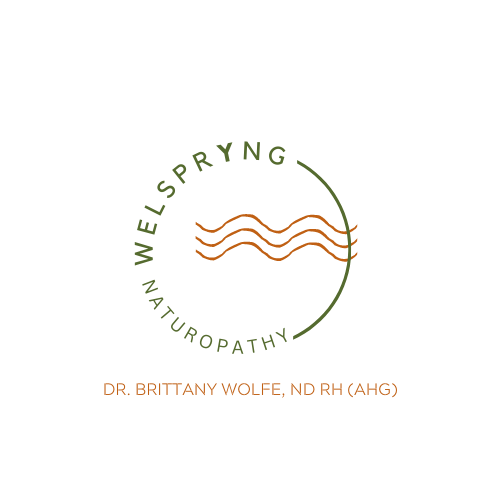t’is patio season: the newest alcohol recommendations
Although conversations about alcohol use have always been lurking around the doctors office, it is a topic that is getting more and more attention post-pandemic. Not only has alcohol intake increased but amongst primary healthcare providers, there has been some confusion around who exactly should be screening for alcohol intake. Sadly, the result has been increased alcohol intake under the guise of the once well-touted “a glass of wine per day is great for you!” with no one to properly screen and then be the bearer of bad news: No alcohol is actually the best way to improve your health.
In the blog to follow, I’ll share some spark notes of the new 2023 guidelines so that you can make an informed decision regarding your alcohol intake. If you think that perhaps you should be drinking less then I’ll share some tips and tricks to get you started.
TLDR; How much should I be drinking?
Let me first respond with everyone’s least favourite response – it depends! It depends on your risk factors, your personal health history and your health goals. Before we get into the nitty gritty numbers, let’s define what a serving of alcohol actually is.
A standard drink (1 serving) is defined as:
341 ml or 12 oz of beer, cooler or cider (5% alcohol)
142 ml or 5 oz of wine (12%)
43 ml or 1.5 oz of spirits defined as whiskey, vodka, gin etc. (40%)
As previously mentioned, the most current guidelines would indicate that the “safest” intake would be none.
At zero drinks per week, not only has cancer risk decreased (more on that later) but you’ll likely also sleep better and experience overall well being.
If that simply does not fit with your lifestyle, then fret not because 1-2 servings per week likely does not influence your health too negatively depending on your personal health history.
At 3-6 servings per week, your risk of developing at least seven different types of cancer including breast and colon increases.
At seven or more servings per week, not only has your cancer risk increased but so has the risk of heart disease. Each drink beyond this limit radically increases the risk of negative health consequences. If you are a cis-female, these risks are automatically higher. This is a byproduct of enzymes, genetics, body weight and size, organ function and metabolism. Evidently, cis-females in this bracket of consumption are at increased risk for breast cancer and liver disease and/or failure.
What about binge drinking?
Binge drinking is defined as consuming five or more standard drinks in one setting for cis-males and four or more standard drinks in one setting for cis-females. Binge drinking is a well-known risk factor for death from any cause (i.e. injuries, violence, heart disease, etc) and alcohol dependance.
Looking to decrease your alcohol intake? Here are some tips to get you started!
First, it is helpful to know how much you are actually drinking. You can refer to the chart above or you can check out this website. Once you have your number, come up with a realistic goal. If you have a health care provider and/or mental health provider, it can be helpful to create a plan together. Some examples of a goal might be:
I won’t have any alcohol before 5 PM at the cabin this summer.
I won’t have any alcohol without a meal.
I will drink socially and have 1-2 drinks only. I won’t drink alone.
A gentle reminder that all goals should not be too daunting but this is particularly true when it comes to alcohol intake. Create goals that decrease your alcohol intake but that are still within your comfort zone. As you reach your goals, you will build confidence and get closer and closer to your happy spot with alcohol use.
Since it is patio season, let’s chat about some delicious alcohol-free options:
Kombucha – All of the fizz without any of the booze. There are so many different options these days but I’m a big fan of Good Spirit Kombucha.
Soda water – A great fizz and a versatile base. You could add simple syrups, citrus, berries, fresh herbs, fruit juice, etc. I’m a fan of lime and mint or lemon and lavender.
Ginger beer – If you’re looking for a fun fermentation project, creating aginger bug is really easy to do and will gift you delicious ginger “beer” all season and beyond.
If you end up with a surplus of beets, don’t forget aboutthe beet kvass.
Water kefir is a great probiotic-rich option that is caffeine-free. My favourite is the Kevita Lemon Cayenne found at SuperStore.
Drinking vinegars come in a lot of different flavours and can also be a nice lil’ digestive boost.
And, of course, there are always mocktails available at our great local restaurants.
I’m wishing you the best patio season filled to the brim with whatever you determine should be in your cup. If you need further support determining your risk and/or you have concerns about your alcohol use, please do reach out to your primary care provider and/or naturopath. We are here to support you! For those who are interested, there is a free alcohol support program offered through the U of R.
To look at the 2023 guidelines referenced above, click here.
For more information on current treatment options in the province of Saskatchewan, please contact Saskatchewan (HealthLine, Ministry of Health) 811 or 1-877-800-0002.
